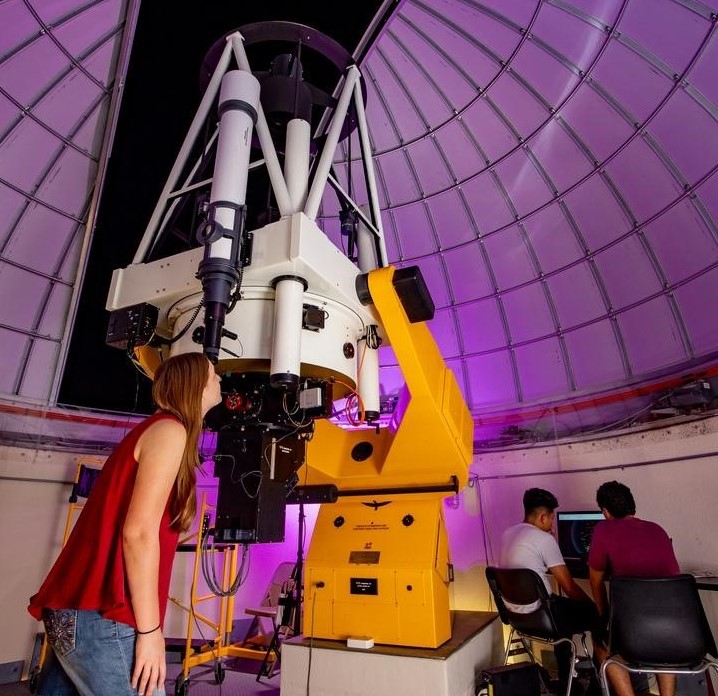The Period And Amplitude Changes In The Coolest GW Virginis Variable Star (PG 1159-type) PG 0122+200
Document Type
Article
Publication Title
Astronomy and Astrophysics
Abstract
Context: The PG 1159 pre-white dwarf stars experiment a rapidly cooling phase with a time scale of a few 106 years. Theoretical models predict that the neutrinos produced in their core should play a dominant role in the cooling, mainly at the cool end of the PG 1159 sequence. Measuring the evolutionary time scale of the coolest PG 1159 stars could offer a unique opportunity to empirically constrain the neutrino emission rate. Aims. A subgroup of the PG 1159 stars are nonradial pulsators, the GW Vir type of variable stars. They exhibit g-mode pulsations with periods of a few hundred seconds. As the stars cool, the pulsation frequencies evolve according to the change in their internal structure. It was anticipated that the measurement of their rate of change would directly determine the evolution time scale and so constrain the neutrino emission rates. As PG 0122+200 (BB Psc) defines the red edge of the GW Vir instability strip, it is a good candidate for such a measurement. Methods. The pulsations of PG 0122+200 have been observed during 22 years from 1986 to 2008, through the fast photometry technique. We used those data to measure the rate of change of its frequencies and amplitudes. Results. Among the 24 identified ℓ = 1 modes, the frequency and amplitude variations have been obtained for the seven largest amplitude ones. We find changes of their frequency of much larger amplitudes and shorter time scales than the one predicted by theoretical models that assume that the cooling dominates the frequency variations. In the case of the largest amplitude mode at 2497 μHz (400 s), its variations are best fitted by a combination of two terms: one long term with a time scale of 5.4 × 104 years, which is significantly shorter than the predicted evolutionary time scale of 8 × 106 years; and one additional periodic term with a period of either 261 or 211 days. Some other mechanism(s) than the cooling must be responsible for such variations. We suggest that the resonant coupling induced within triplets by the star rotation could be such a mechanism. As a consequence, no useful constraints on the neutrino emission rate can presently be derived as long as the dominant mechanism is not properly understood. Conclusions. The temporal variations in the pulsation frequencies observed in PG 0122+200 cannot be simply attributed to the cooling of the star, regardless of the contribution of the neutrino losses. Our results suggest that the resonant coupling induced by the rotation plays a dominant role which must be further investigated.
DOI
10.1051/0004-6361/201014457
Publication Date
2011
Recommended Citation
Vauclair, Gérard P.; Fu, Jianning; Solheim, Jan Erik; Kim, Seunglee; Dolez, Noël; Chevreton, M; Chen, Li; Wood, Matt A.; Silver, Isaac M.; Bognár, Zs; Paparó, Margit; and Córsico, Alejandro H., "The Period And Amplitude Changes In The Coolest GW Virginis Variable Star (PG 1159-type) PG 0122+200" (2011). Aerospace, Physics, and Space Science Faculty Publications. 183.
https://repository.fit.edu/apss_faculty/183


